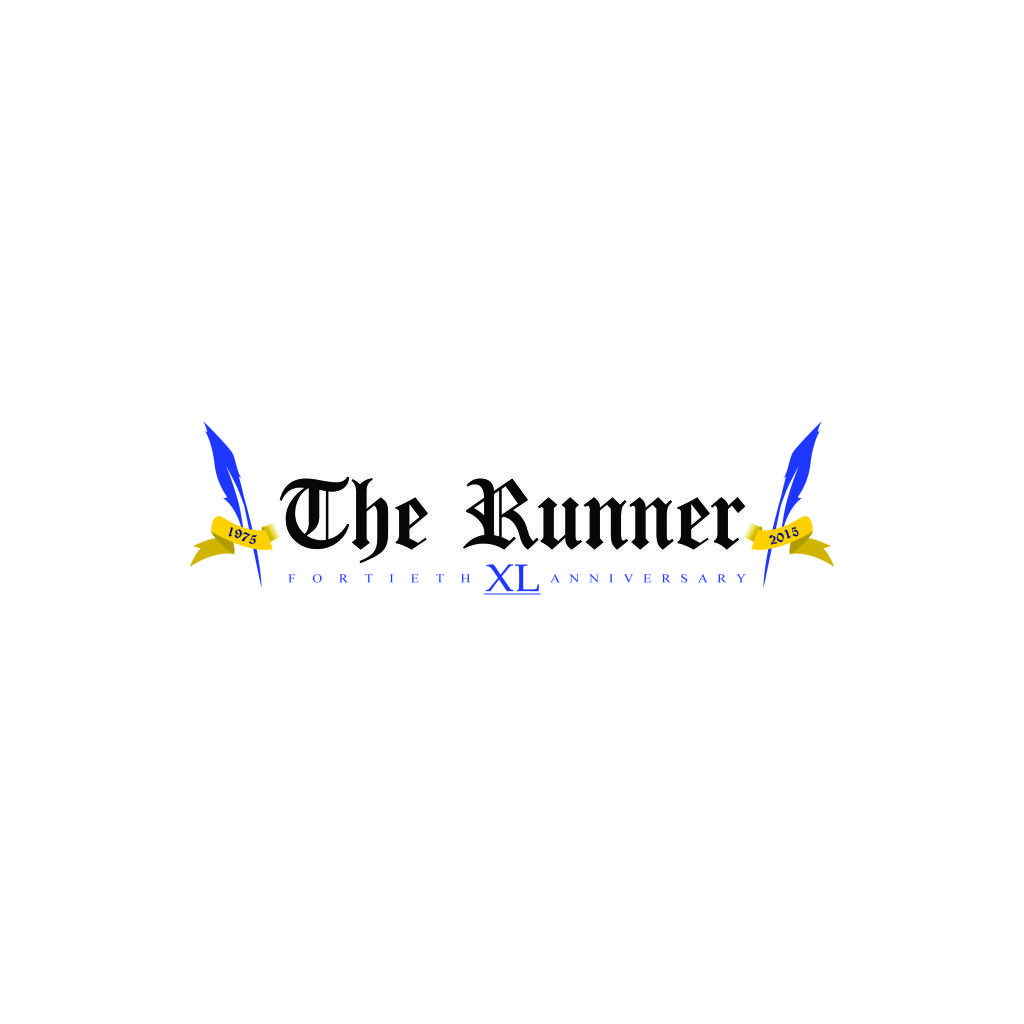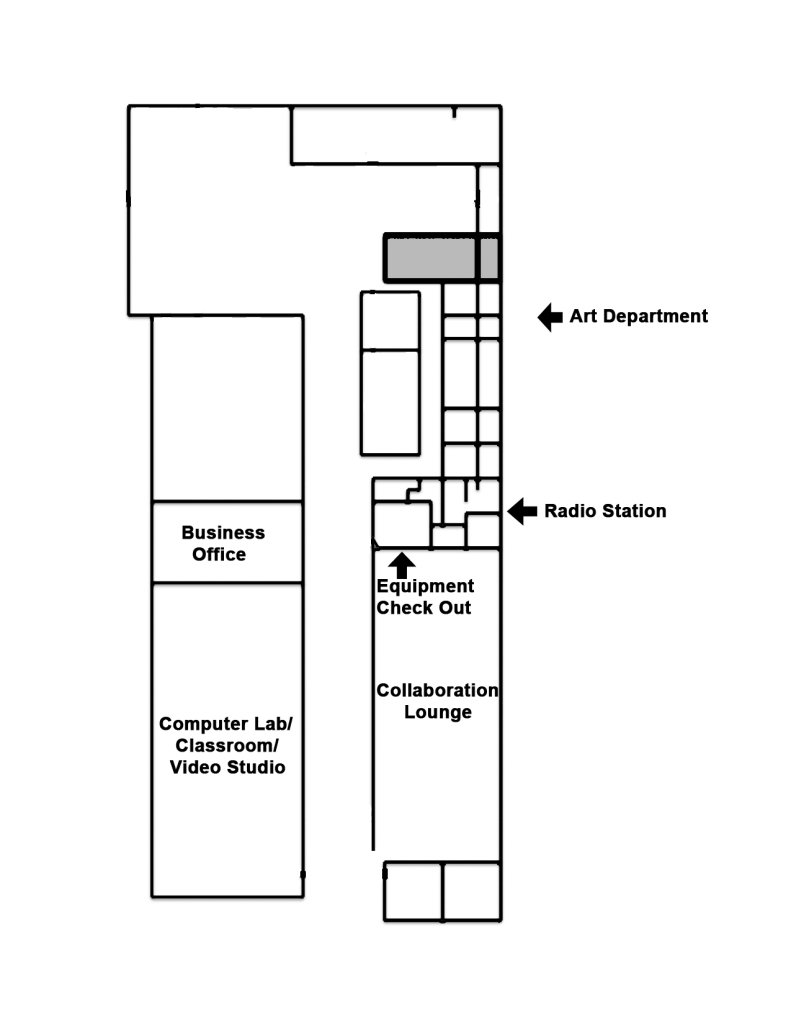Reporter
California State University, Bakersfield has several academic programs that students can choose from. Offering majors, minors, concentrations and masters programs. Many are new, old and some aren’t available any more.
Throughout CSUB’s time, programs have come and gone, and many things have changed since the opening of the university. For example, Ag-Biology was approved in 1978. In this point in time, students studying for a major in agricultural only got to choose between two aspects of the field, either research or management. The biology department came up with a major that would combine the two. The new major of Ag-Biology, was the idea of Dr. James Horton, a Biology professor in 1977 according to an issue of The Runner on Nov. 10, 1977. Similarly, in 1984, CSUB introduced their new computer science degree. The launching of this program had its understandable problems because of the pay difficulties.
“The hardest part about initiating a CompSci program is hiring qualified faculty,” said Dr. John Coash, dean of the School of Arts and Sciences in The Runner’s January 10, 1980 issue.
Another change to the academic programs was the general education requirements. Students were required to take 65 units of general education. However, in 1980, the gen ed increased to 72 units issued according to The Runner’s November 6, 1980 issue. The grading system in 1981 added the plus and minus system. The new grading system helps students who get a plus because a student who just misses a grade can still get a plus of a lower grade. Those who get a “C-” were getting a “C” before announced by The Runner in the September 24, 1981 Issue.
So much has changed in the past 40 years at CSUB. There are currently 46 undergraduate majors and programs in total and 20 graduate degrees and programs. But most importantly is the adoption of communications as its own major. About ten years ago, CSUB offered 32 bachelor’s and 18 master’s degree programs, and almost 20 year ago the university offered 26 bachelor’s, and 14 master’s degree programs. The primary interest was pulling the major out of the English department and making it its own. In 1978, when the major was added, Dr. Michael Cartwright of the English department believed its only weakness as a program would be because the administration did not support the English department with additional faculty and budgetary allowances.
Today, the communications department holds three primary emphases, which include: digital media, public relations, and journalism. Digital media highlights those leaning towards digital imaging and graphic design, video and audio production, digital animation and interactivity. Public relations focuses on careers in public relations, corporate communication that relates to the field of marketing.
Finally, journalism is intended for students interested in careers in newspapers, TV, radio, magazines, book publishing, technical writing, etc. CSUB continues to grow as well as its academic programs.



